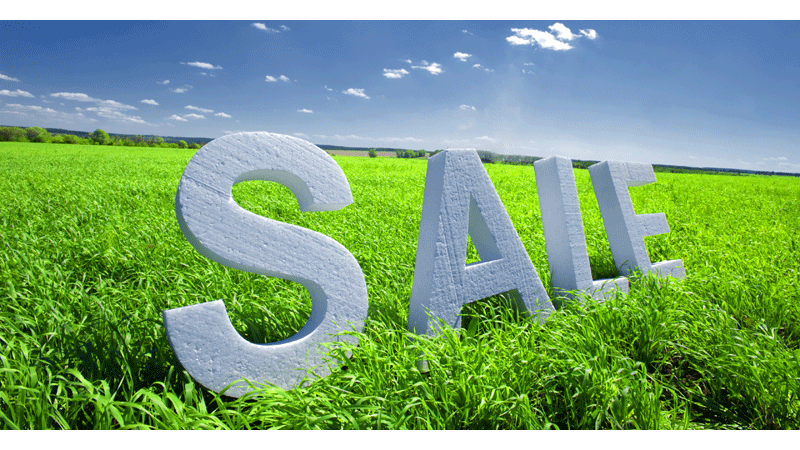It’s easy to be storm water savvy
Published 9:41 am Wednesday, October 26, 2011
by Janet Spencer
Humans, plants and animals all depend on water for everyday functions.
The Virginia Department of Environmental Quality reported in 2008 that the average person uses 826 gallons of water daily. Factor in that more than 1 million people in the state acquire their water from wells, and we can see a withdrawal of groundwater of more than 50 billion gallons annually.
That’s a lot of water, and unfortunately, there isn’t an infinite supply of it, like many of us believe.
Groundwater must be recharged, which is quite simply water moving from the surface to the groundwater. This is done by infiltration of precipitation from rain and snow through permeable surfaces. These surfaces include forested land, lawns, pastures and agriculture fields.
However, due to urbanization, these areas are being replaced by impermeable surfaces, such as concrete, asphalt, roofs and compacted soils. These surfaces decrease infiltration and ground water recharge and increase storm water, which is water that flows off these surfaces and enters surface waters, such as creeks and rivers.
Often times, storm water will contain sediment, chemicals and oils because it hasn’t been filtered by the soil. While most storm water is managed on a large scale through government affiliations, each homeowner can significantly decrease the amount of storm water from their property and increase water infiltration.
Simple methods to decrease personal storm water runoff include:
• Permeable pavement — This incorporates the use of permeable asphalt or concrete into a durable and attractive surface that allows water to flow through. It offers all the benefits of traditional pavement, without excess runoff.
• Disconnecting downspouts from drains — In some situations, downspouts from gutters may connect directly to underground piping, which carries the runoff into storm water drains. These drains can be simply unhooked and the water redirected to an area with higher permeability, such as lawns or areas with permeable pavement.
• Rain harvesting — Rainwater from roofs can be captured and stored in rain barrels providing an alternate source of water for irrigation of the lawn and garden.
• Rain gardens — These are depressions planted with annual and perennial plants that serve to collect rainwater from nearby impermeable surfaces. Downspouts from gutters can be redirected to these areas, allowing for better infiltration of the water. These areas are capable of absorbing 30 percent more rainfall than an area of turf the same size.
• Improving turf density and permeability — Many soils today are compacted, meaning they will have a less permeable surface than soil that is not compacted. Annual core aeration of these areas can improve compaction and permeability.
• Mulched area — Organic mulch, in addition to increasing soil moisture retention, can improve water infiltration into the soil underneath. It allows the water to slowly seep into the soil, rather than running off.
Incorporating one or two of these ideas into your home can greatly reduce the amount your storm water runoff from your property and increase recharge of ground water. We all need water for survival, so it makes sense to help protect it.
JANET SPENCER is the agricultural and natural resources extension agent in Isle of Wight County. She can be reached at jaashle2@vt.edu.





